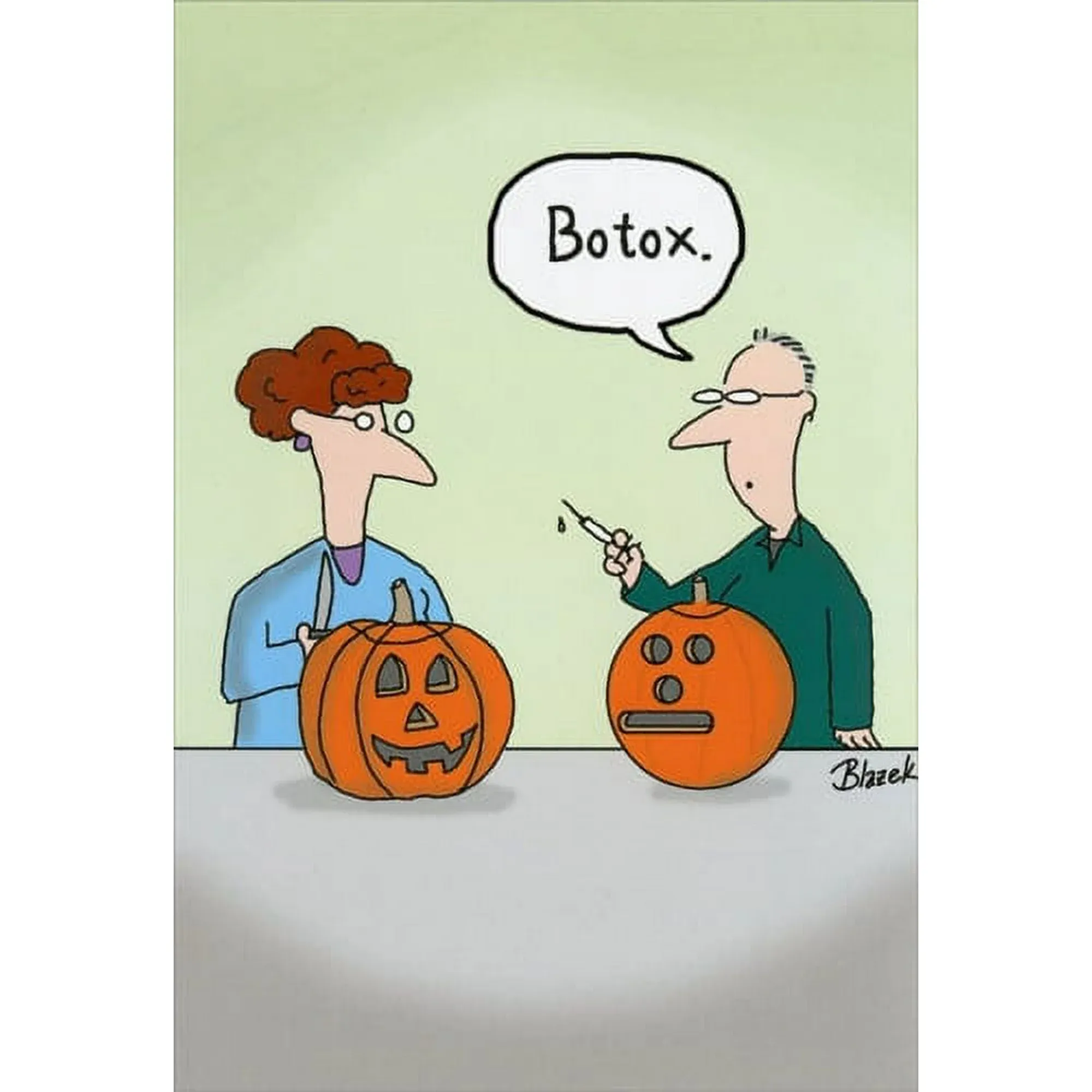In this week's edition
- ✍️ Letter from P'Fella
Trainee Support, No-BS Guide - 🤓 The Sunday Quiz
NEW ROUND! Start early! - 🖼️ Image of the Week
Pumpkin botox! - 🚑 Technique Tip
How to quickly calculate burn depth. - 🎙️ Behind the 'Fella
Episode released: 28 days in Gaza with Victoria Rose. - 📖 What Does the Evidence Say
What is the best way to carve a pumpkin? - 🔥 Articles of the Week
Thumb amputation from fireworks, hand injuries from pumpkin carving, & firework injury patterns: with 1 sentence summaries. - 💕 Feedback
Suggest ideas & give feedback!
A Letter from P'Fella
Trainee Support, No-BS Guide
Let’s cut to it. Training in plastic surgery isn’t just tough – it’s relentless. The cases, the exams, the endless hours, and somehow always needing more answers than you’re given. I know because I’ve been there. That’s why we’re launching “Trainee Support” – a space where we get real about the challenges you’re facing and give you practical, straight-up advice every week.
Here’s how it’s going to work. You send in your questions – no matter how specific or complicated – and every week we’ll dive into them, both in this newsletter and on the podcast. Whether it’s about handling tough cases, getting ready for exams, or just figuring out what’s next, we’re here to help you keep moving forward with confidence.
Threads (Soon!)
And here’s something exciting: Trainee Support will also be the warm-up for Threads – our invite-only community designed specifically for trainees. This is where we’ll go deeper, connect you with other trainees, and give you access to exclusive conversations and insights. We’re creating a space where you can share, learn, and get real support from people who are right there with you.
Look out for our first “Trainee Support” issue coming soon. And if you’ve got a question or topic you’re wrestling with, hit reply – I’m all ears.
With love,
P'Fella ❤️
The Sunday Quiz
NEW ROUND! Start Early!
Welcome to the next round of The Weekly Quiz.
Each edition of thePlasticsPaper includes a quiz question designed to challenge and engage our readers. Keep your wits about you and join in every week — the winner at the end of six rounds will earn you a $100 voucher.

Image of the Week
Pumpkin Botox
In this special Halloween edition, we take a look at this cartoon; Halloween prep gone “cosmetic" as our favorite jack-o’-lantern might need a little extra help!

Technique Tip
How to Quickly Calcluate Burn Depth
This edition looks at quickly assessing burn depth.
- Superficial: Red, painful, blanches with no blisters — similar to a sunburn.
- Partial-thickness: Blisters with a moist surface, blanches if superficial, mottled, and non-blanching if deep.
- Full-thickness: Charred, leathery, and insensate — no blanching, minimal pain.
Read our burn depth article for an in-depth look.
The image below shows the classification of burn depth👇

Behind the ‘Fella
28 Days in Gaza: A Conversation with Ms Victoria Rose
28 Days in Gaza: A Conversation with Ms Victoria Rose
In our latest episode featuring Ms. Victoria Rose, we discuss her experiences as a plastic surgeon in Gaza. What’s it like to handle complex trauma and reconstructive cases in such challenging conditions? How do surgeons manage under intense pressure and with limited resources?
Tune in as we address your requested questions and more! Subscribe on Spotify & Apple.
What Does the Evidence Say?
Best Way to Carve a Pumpkin
In this Halloween edition, we explore the science behind pumpkin processing — explore carving techniques and extraction of health-boosting compounds like carotenoids.
For instance, rotary cutters have been studied for efficient pumpkin peeling (Emadi & Yarlagadda, 2006). Several studies have examined the extraction of valuable compounds from pumpkins, particularly carotenoids and α-tocopherol, using methods such as enzyme-aided extraction (Ghosh & Biswas, 2016) and supercritical carbon dioxide extraction (Wang et al., 2017; Durante et al., 2014). The optimal conditions for extracting these compounds have been investigated, considering factors like temperature, pressure, and solvent choice (Hakimzadeh & Abedi, 2022). These extraction techniques aim to preserve the nutritional and pharmacological properties of carotenoids, which are known for their health-promoting effects (Durante et al., 2014).
Overall, pumpkin processing research spans from traditional carving methods to advanced extraction techniques for valuable compounds.
Articles of the Week
3 Interesting Articles with 1 Sentence Summaries
Firework blasts commonly cause severe hand injuries, with the thumb and first web space being most affected, often necessitating amputations, skin grafts, or flap reconstructions.
Pumpkin carving leads to thousands of hand injuries each fall, with 87.6% affecting the hand, especially the thumb and index finger. Injuries peak in late October, with young people (10–19 years) being most at risk.
Firework injuries, common during celebrations like Diwali in India, often impact unsupervised children aged 5-14. Misuse and device failures are the main causes, with flares and fountains leading to injury cases.


